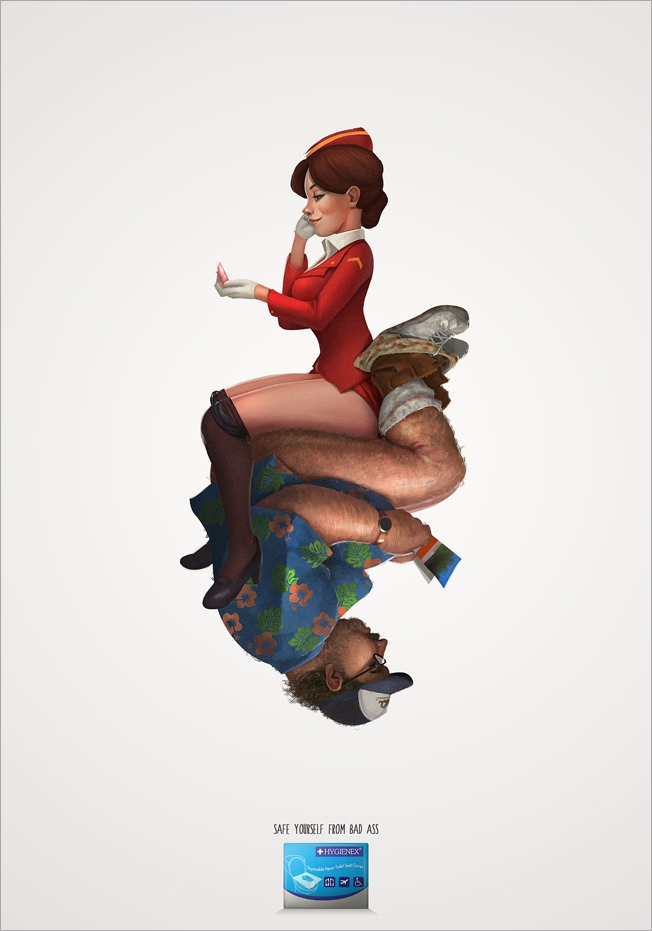It is true that a firm’s resources is limited. Thus, the firm must make decisions on where, when and how to allocate its resources to various markets. Any economic decisions to segment an entire market depends on a myriad of factors. Segmentation bases may include, Geographics (region of a country), Demographics (age, gender, income), Psychographics (Lifestyle, Personality), etc. It is widely thought that segmentation is more of an art, than of science. The key idea of segmentation is to find targetable, actionable segments for a firm to allocate reasonable resources to, to achieve optimal results / returns.
For every segmented market to be deem as viable, it has to be identifiable, large enough to generate returns, stable, reachable and the consumers within that market segment should have similar demands. Firms then create different strategies (“differentiated strategies”) for every market segment that they would deem as viable. At the end of the day, it is all about creating value for the consumers. An overview is shown below: I love airlines and banks and coming from a country where our national airline is considered a 5-star airline, I personally do feel that they airfare they charge is relatively high as compared to their peers. Singapore Airlines (SIA) have always been regarded as a pioneer in the airline industry, be it in terms of performance and financial management or corporate governance. But what really set them apart from their competitors (in the eyes of consumers) is their standard of service and product, in this aspect, the aircraft. Ranging from more leg room to better quality food, their in-flight entertainment caters to all age groups. SIA has used traditional approach adopted by legacy carriers for segmentation. SIA focuses on 1) business travellers (“business class passengers”) and 2) the price sensitive leisure travellers (“economy class passengers”). These 2 different groups of consumers differ primarily on their preferences.
I love airlines and banks and coming from a country where our national airline is considered a 5-star airline, I personally do feel that they airfare they charge is relatively high as compared to their peers. Singapore Airlines (SIA) have always been regarded as a pioneer in the airline industry, be it in terms of performance and financial management or corporate governance. But what really set them apart from their competitors (in the eyes of consumers) is their standard of service and product, in this aspect, the aircraft. Ranging from more leg room to better quality food, their in-flight entertainment caters to all age groups. SIA has used traditional approach adopted by legacy carriers for segmentation. SIA focuses on 1) business travellers (“business class passengers”) and 2) the price sensitive leisure travellers (“economy class passengers”). These 2 different groups of consumers differ primarily on their preferences.
For the segment of business travellers, it’s believed that on an average in aviation industry elite travelers contribute up to 50% of revenue though they add up to less than 20% in passenger number (Brancatelli, 2009). Their needs and wants vary from the economy class passengers due to their purchasing power, higher income, lifestyle needs, etc. Thus, business travellers are given exclusive in-flight service with respect to variety of cuisines being served, exotic drinks and special seating comfort. The needs of economy class passengers cannot be ignored too. Meals in the economy class are a whole lot simpler, drinks are less expensive (for the airlines to purchase), but quality will never be compromised. Though this method of segmentation is traditional, and many airlines are also doing it, what sets SIA apart from the other airlines is how it target and position itself in the mind of consumers. (What do we think off when we say “fastfood” or “coffee”? Highly likely, it would be McDonalds / Burger King and Starbucks / CBTL.) To the different segments, SIA frequently launch various marketing activities to the various segmented market. However, these activities do not go undifferentiated!
SIA has positioned itself as an airline which offers great products and services; its healthy brand equity has really added value to Singapore Airlines and has arisen from the marketing strategies it has adopted. It adopts the tag-line, “Singapore Airlines – A Great Way to Fly”, in all its promotions to convey the quality of the Singapore Airlines brand. It also occasionally uses “A standard of service that even other airlines talk about”.






